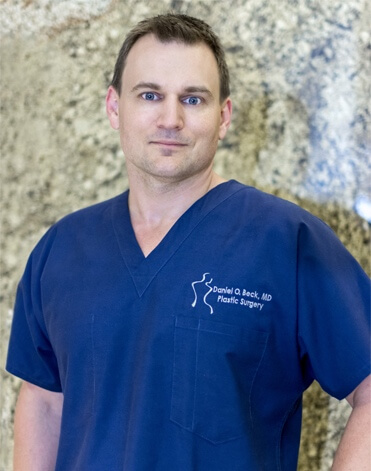Renowned gynecologist Arnold Kegel first told the world about the importance of the system of exercises developed by him in 1948. Initially, Kegel exercises were intended for women with urinary incontinence, suffering from uterus prolapse and other ailments of the genitourinary system. However, over time, it was found that the exercises are also suitable for men who want to prevent erectile dysfunction or improve their condition when impotence has already developed.
Why Can Potency Worsen?
There are many causes of erectile dysfunction, which can be classified into organic and mixed. Organic ones comprise various physiological diseases, including cardiovascular diseases and diabetes. Psychological causes are associated with stress, fears, inferiority complex, and other mental disorders.
You might be interested in: Libido and Destructive Effect of Stress: How to Protect Yourself?
How To Understand Which Muscles To Train?
To begin performing the exercises, you must first find the muscles of the pelvic floor. The easiest way is to tighten the muscles helping hold flatus. Every time you strain these muscles, the pelvic floor muscles tighten. You can also imagine that you want to urinate, but now you cannot and strain the corresponding muscles.
It should be noted that this muscle group includes the bulbospongiosus (bulbocavernosus) muscle, which covers the base of the penis. It is involved in erection and ejaculation processes, so training it can be useful for sex life.
Exercise Techniques
- Short-term contracting. Contract the muscles of the pelvic floor and keep them in a tense state for 1-2 seconds. Then take a 10 second break and repeat.
- Training endurance. Use the above technique, but the time of muscle tension should be longer. You need to keep them in a tense state for 10 seconds. Rest time is 20 seconds.
- Kegel plus abs. To enhance the effect of the exercise, simultaneously strain your abdominals.
- Maximal contraction. If you already have good training experience, you can try the following exercises: contract the muscles with maximum effort and relax immediately. Repeat this 10 times.
When you begin to exercise, it may be easier for you to do it lying down, so that the muscles do not “struggle” with gravity.
There is no need to strain other muscle groups (legs / buttocks) during these exercises.
Kegels’ Benefits
The benefits of Kegel exercises for men are as follows
- Improved control of urination, help in combating various urinary disorders.
- Strengthening the pelvic muscles and will power at the same time.
- Reducing stress levels in everyday life.
- Improved sex life, prevention of erectile dysfunction. Also, these exercises can help to prevent premature ejaculation.
According to a study by Michael G. Wyllie et al. (BJU International, 2005), 40% of patients suffering from ED, after a course of Kegel exercises, returned a normal erection, and 33.5% improved it significantly.
When can you expect the needed result? It varies from person to person. You may experience improvements in a few weeks or months.
What Can Supplement Kegel Exercises?
You should not limit yourself to these exercises. Do not forget about usual physical activity: walk, run, squat, and join the gym.

I’m a Board Certified Plastic Surgeon with a dedicated focus on Male aesthetics including surgical and non-surgical rejuvenation.
